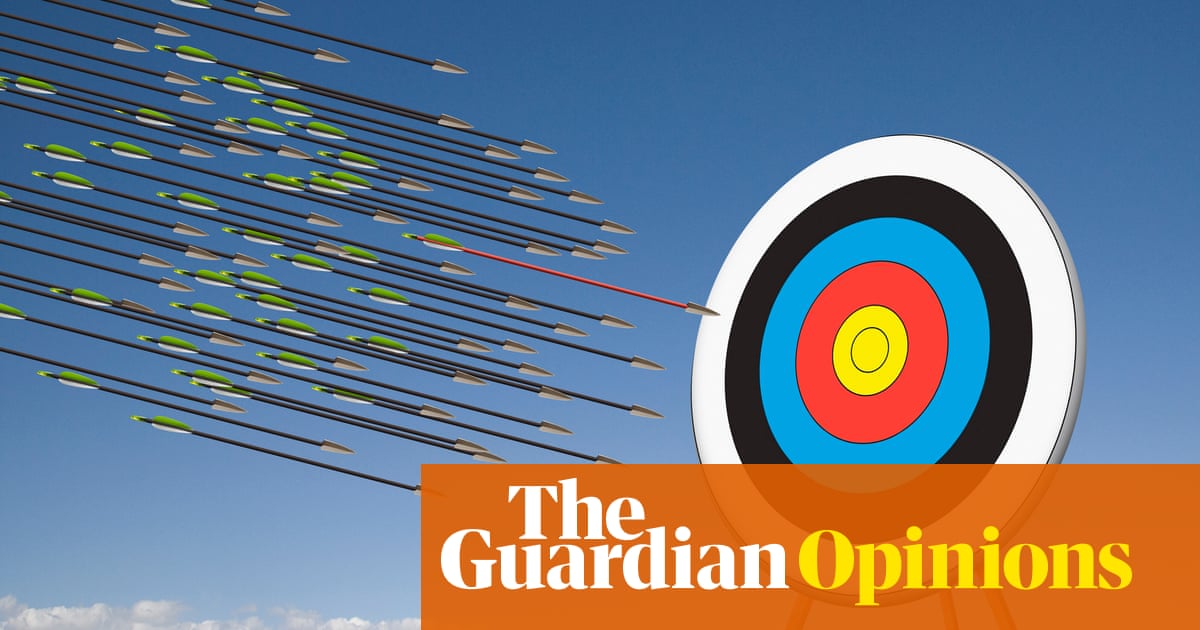But let’s focus on the choice of a 2% target. After the high inflation of the late 1970s and early 1980s, when it reached over 20% in the UK, central banks were left scrambling to find some new theoretical model to deal with rising prices. The first central bank to propose an inflation target of 2% was in New Zealand. But where did they get it from? Apparently, from thin air.
Recently, I came across this one story that suggested the choice of 2% was the result of an off the cuff remark by then New Zealand finance minister, during a TV interview, who told reporters he would be happy with an inflation between 0% and 1%. This led the governor of the central bank at the time, Don Brash, to factor in an inflation bias of roughly 1% to arrive at the magical number of 2%. Michael Reddell, a colleague of Brash’s at the time at the Reserve Bank, admitted: “It wasn’t ruthlessly scientific.” Brash himself admitted as much: “It was almost a chance remark. The figure was plucked out of the air to influence the public’s expectations.”



It needs to be low, but positive and keept stable. If it’s to high it will be self sustaining and increasing, if it’s negative everything stalls. 2% seems to fit the bill.
There could be an argument that 4% would have been just as good, and had the rest of the world united on 4% it would*. However, it would not have changed anything in last year’s combat of inflation. The target would have been defended just as fiercely causing just as much collateral. Only the numbers would have been slightly different.
*Ignoring for a bit those countries that has had to fight to keep inflation up.